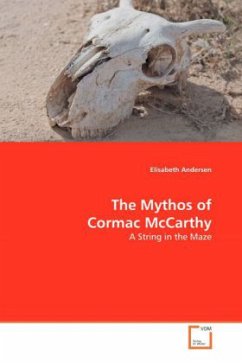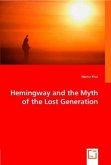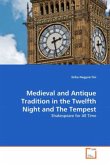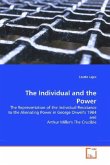For over 40 years, Cormac McCarthy's novels have presented an intriguing puzzle for readers and critics alike. Often described as plotless and impenetrable, devoid of ethics and morality, or simply as nihilistic, his tales have confounded interpretation through their dizzying array of ambiguities and contradictions even as they tantalize the reader with consistent hints of philosophical coherence.Offering what one of McCarthy's most enigmatic characters terms "a string in the maze," this study applies the traditional tools of close reading and thematic analysis to elucidate that coherence in the first eight novels. Following McCarthys methods from the Orchard Keeper of 1965 through the completion of the Border Trilogy in 1998, chapters on each novel identify narrative techniques and technical innovations.Intended for scholars and general readers alike, the essays show how McCarthy uses characters drawn from Appalachian regional folklore and the history of the American West as archetypes and Everymen, exploring the parallel lives of his paired protagonists--one invariably an ambivalent wanderer, the other a man committed to a quest.
Bitte wählen Sie Ihr Anliegen aus.
Rechnungen
Retourenschein anfordern
Bestellstatus
Storno








